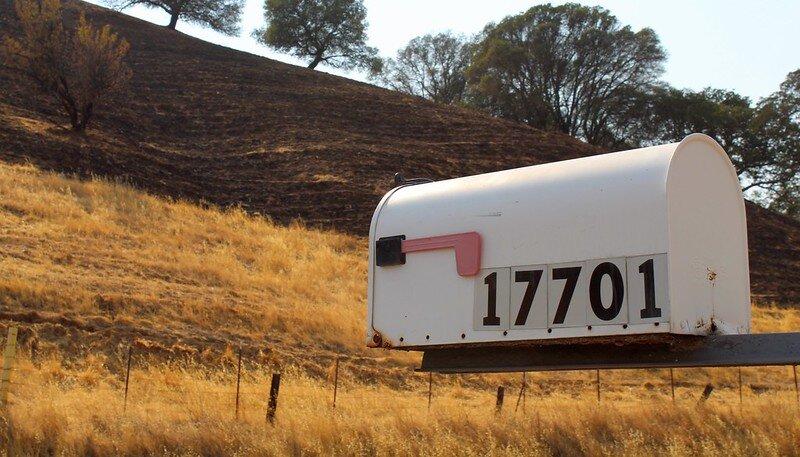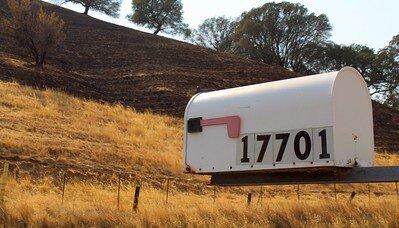The areas affected by the LNU fires are experiencing a tremendous rise in air pollution. The unhealthy levels have caused the Bay Area Air Quality Management District to urge local residents to limit their outdoor activities and to always wear a mask when outside. The thick haze of PM2.5 that has always been over the heads of residents in the North Bay, has now transitioned to toxic clouds of smoke.
The thick clouds of toxic smoke had Harvard University questioning if this would have any effect on the health of individuals who already are exposed to areas with heavy levels of air pollution. In their national study, Harvard University found that individuals living in areas with high levels of air pollution have an increased chance of contracting COVID-19. The results from the national study stated “A small increase in long-term exposure to PM2.5 leads to a large increase in COVID-19 death rate.” PM2.5 exacerbates the respiratory system, so individuals living along the NorthBay with asthma and respiratory issues are now prime candidates to contract COVID-19. In the analysis, Harvard discovered that if Sonoma County had lowered its contribution to air pollution by a single unit, it would have decreased the death rate by 37.8%.
The Department for Environment Food and Rural Areas defines PM2.5 as, “Particulate matter (PM) used to describe the mixture of solid particles and liquid droplets in the air. Particulate matter (including soot) is emitted during the combustion of solid and liquid fuels, such as for power generation, domestic heating, and in-vehicle engines.” Dr. Luke Montrose, an Environmental Toxicologist, breaks down what makes up PM2.5. “PM2.5 contains thousands of individual compounds, including carbon monoxide, volatile organic compounds (VOCs), carbon dioxide, hydrocarbons, and nitrogen oxides.” These compounds are what make up the smoke from the wildfires–which is why The Bay Area Air Quality Management District put Sonoma County under Spare Air Alert since the morning of August 18, and has been extending it as the unhealthy quality of air rises.
Dr. Montrose also detailed in his article how the smoke is exacerbating the lungs. “Studies have shown that repeated exposure to elevated levels of wood smoke can suppress macrophages, leading to increases in lung inflammation.” The multitude of chemicals that the body is having to filter through is causing extra stress and damage, when it needs to be strong and healthy to fight off the pathogens of COVID-19.
With the Spare Air Alert that has been put into effect since August 18, President of Sonoma State University, Judy Sakaki, responds to the unhealthy quality of air in a letter sent to staff, faculty, and students. In the letter, she states, “We are closely monitoring the air quality for those Seawolves who are on campus and have opened the Student Center as a clean air and cooling center for our campus residents. The safety of our campus community remains critically important, and we are working closely with the Red Cross and the County to make sure that COVID-19 screening and management protocols are enforced.” Sonoma State University administration is making an attempt to keep students, staff, and faculty safe during these trying times, but Seawolves are now at greater risk of getting COVID-19 because of how close in proximity the fires are to campus. With ash falling from the sky and PM2.5 floating through the air, it is drastically important that Sonoma County community members follow COVID-19 protocols and keep themselves inside as much as possible.





![[Both photos courtesy of sonoma.edu]
Ming-Ting Mike Lee stepped in as the new SSU president following Sakakis resignation in July 2022](https://sonomastatestar.com/wp-content/uploads/2024/04/CC4520AB-22A7-41B2-9F6F-2A2D5F76A28C-1200x1200.jpeg)



























